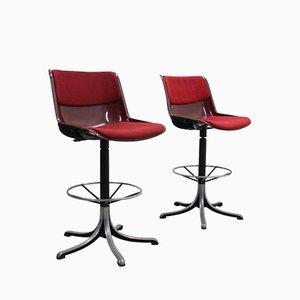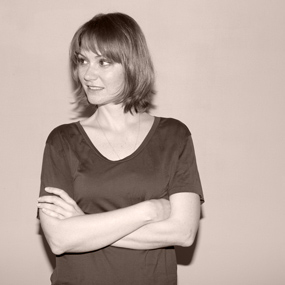Tommaso Fantoni-Borsani Plans Osvaldo Borsani Retrospective
Borsani Bulletin
Gearing up for the Salone festivities next week, I recently touched base with one of my favorite figures from the Milanese design scene, Tommaso Fantoni-Borsani, grandson to Osvaldo Borsani, to see what he has in the works these days. He told me that 2015 marks two important milestones in his family’s legacy. “This year is the 30th anniversary of my grandfather’s death and the 60th anniversary of my great-grandfather death,” Tommaso explained. (For those who don’t know, Gaetano Borsani, Osvaldo’s father, launched the Borsani family in the furniture business with Atelier Borsani.) Tommaso and his family think it’s high time the Borsani forebears were honored with a proper retrospective. And I couldn't agree more.
Here’s more of what Tommaso had to say:
WC: What do you hope the world remembers most about your grandfather’s and great-grandfather’s contributions to design history?
TFB: This is a difficult question for me; maybe this is more for critics and historians! I can say that as I learn more and more about their lives, it occurs to me that together they truly traversed the styles of their times—with great continuity and influence; with constant evolution and many successes.
Under Gaetano's direction, Atelier Borsani Varedo produced bespoke furniture first in style like Wright and Mackintosh in the ’10s and ’20s; and then in the ’30s, the aesthetic moved towards Deco. Not long after, when Osvaldo came into play as a graduated architect, modernist and rationalist principles were introduced. During the ’40s, the war defined a threshold between what was before and what would come after—a time of generational battles between father and son—which gave birth to very interesting and prolific creations, particularly the collaborations with artists of the day, like Lucio Fontana and others.
After the war, Osvaldo naturally took a greater role in the company and brought it quickly into the new era. And then—against his family opinion—he founded Tecno. From a design historical point of view, this was a key moment. This was a company where Osvaldo could not only experiment with modernism but also make a large-scale contribution to industry in Italy. Osvaldo is the only example of designer-entrepreneur-marketer-distributor-inventor, all at global scale, all in one head.
WC: Why do you think the furniture created through your family’s companies, Atelier Borsani Varedo and Tecno, continue to be highly sought after by collectors today?
TFB: This instead is more a question for dealers. But in my opinion, it is because Osvaldo had a very clear vision of his time that was matched by his talent. When a strong vision is also very clear, simple, and new, the message and the products are complete and long lasting.
WC: Have you noticed any interesting trends or changes in the market for vintage Borsani pieces?
TFB: It's interesting because it has always been slightly in the shade, and this is very much in line with Osvaldo’s personality—which was, I’m told, very sober and serious. The pieces with artists’ interventions though have become quite sought after.
WC: Can you say more about the major retrospective of Borsani work you are currently planning?
TFB: The family is taking steps to define the figure of Osvaldo in a more complete and interesting way. The Borsani archives are so rich, but there is not enough material readily available to the public. We are starting with a new website—rich in content and ways to explore all the archival material. This work will help us produce then a proper, complete retrospective as soon as we will find the right slots in the right museums—not only in Italy but also around the world. This will be accompanied by a definitive catalogue raisonné of his work. It will take approximately two to three years to organize, but the exhibition has the potential of being quite monumental.... any ideas are very welcome!
Can’t wait!
If you'd like to learn more about the Borsani Archives, check out our feature story here.
-
Text by
-
Wava Carpenter
Seit ihrem Studium in Designgeschichte an der Parsons School of Design hatte Wava schon in vielen Bereichen der Designkultur den Hut auf: sie lehrte Designwissenschaft, kuratierte Ausstellungen, überwachte Auftragsarbeiten, organisierte Vorträge, schrieb Artikel und erledigte alle möglichen Aufgaben bei Design Miami. Wava lässt den Hut aber im Büro – auf der Straße bevorzugt sie ihre Sonnenbrille.
-
Designbegeisterte hier entlang
Italienische Sideboards von Osvaldo Borsani, 1940er, 2er Set
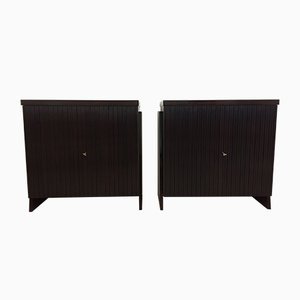
Italienischer Piedestal Esstisch von Osvaldo Borsani, 1950er

Esstisch von Osvaldo Borsani für Arredamento Borsani, 1949
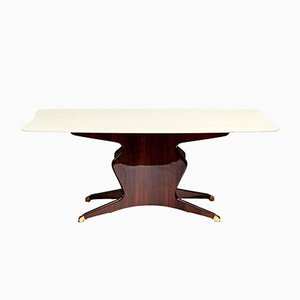
Italienische P38 Armlehnstühle von Osvaldo Borsani für Tecno, 1950er, 3er Set

Italienischer Bürostuhl von Osvaldo Borsani für Tecno, 1960er

Vintage T90 Schreibtisch von Osvaldo Borsani für Tecno
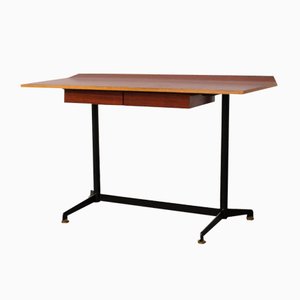
Italienischer Couchtisch aus Nussholz von Gaetano Borsani, 1930er

Modus Bürostuhl von Osvaldo Borsani für Tecno, 1975

Modell T96 Palisander Schreibtisch von Osvaldo Borsani für Tecno, 1950er

Italienischer Piedestal Esstisch von Osvaldo Borsani, 1950er
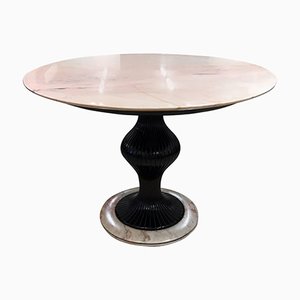
Walnuss Schreibtisch von Borsani für Tecno, 1960er
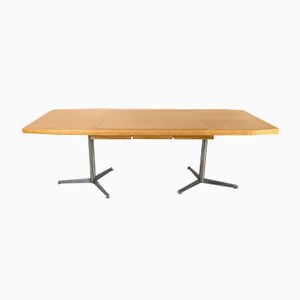
Vintage Modell T41 Ess- Couchtisch von Osvaldo Borsani für Tecno

Handgefertigter Tisch aus massiver Eiche von Atelier Borsani, 1940er
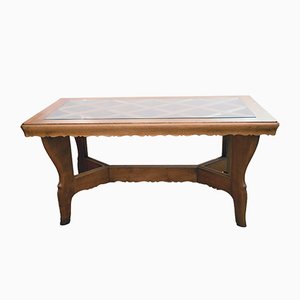
Vintage T69 Tisch von Eugenio Gerli & Osvaldo Borsani für Tecno
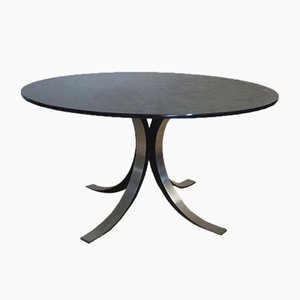
Italienische Sideboards von Osvaldo Borsani, 1940er, 2er Set

Italienischer T95 Schreibtisch von Osvaldo Borsani für Tecno, 1952
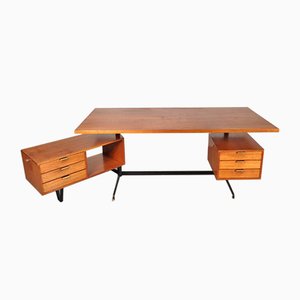
Italienischer Tisch aus Mahagoni von Osvaldo Borsani, 1960er

Italienischer Gebogener Kirschholz Wandspiegel von Osvaldo Borsani, 1950er

Modus Besucherstühle von Osvaldo Borsani für Tecno, 1975, 2er Set
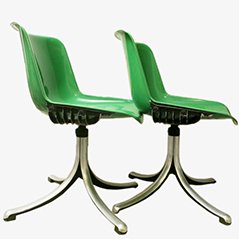
Schwarzer Drehsessel aus Leder von Osvaldo Borsani für Tecno, 1968

T 160 Chefschreibtisch von Osvaldo Borsani für Tecno
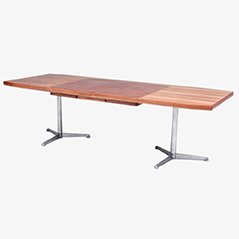
Modus Bürostühle von Osvaldo Borsani für Tecno, 1972.
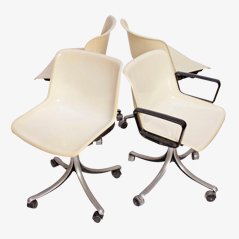
Italienischer Schreibtisch mit Schubladenfach von Osvaldo Borsani
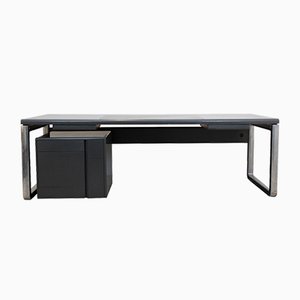
Modus 4 Stühle von Osvaldo Borsani, 1973, 3er Set

Vintage Esstisch aus Stahl & Rauchglas von Osvaldo Borsani für Roche Bobois
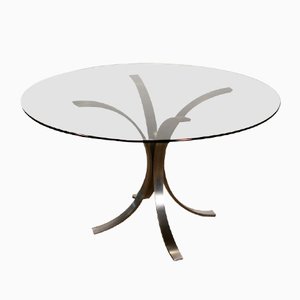
Italienischer P40 Sessel von Osvaldo Borsani für Tecno, 1956
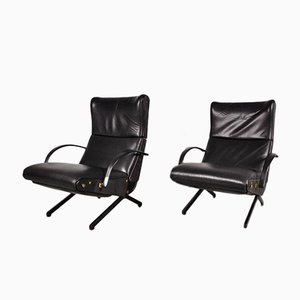
Italienischer P40 Sessel von Osvaldo Borsani für Tecno, 1950er

Italienischer Barschrank von Osvaldo Borsani, 1950er

Bürostühle mit Cognacfarbenem Leder von Osvaldo Borsani für Tecno, 1960er, 2er Set
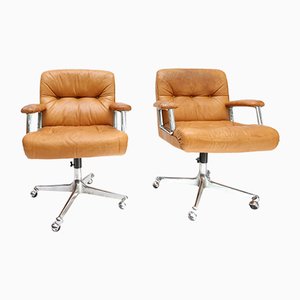
Modus Barstuhl von Osvaldo Borsani für Tecno
